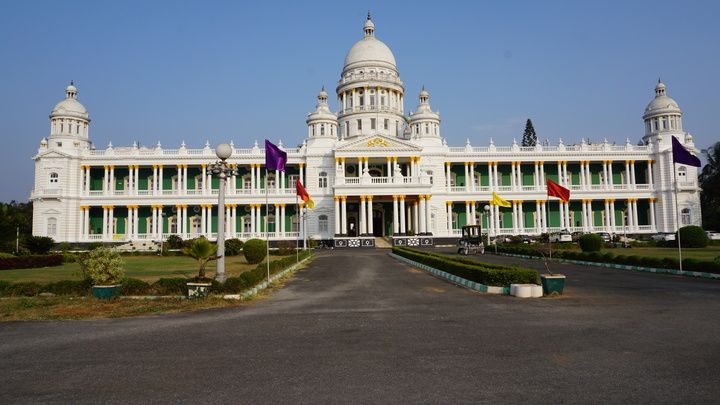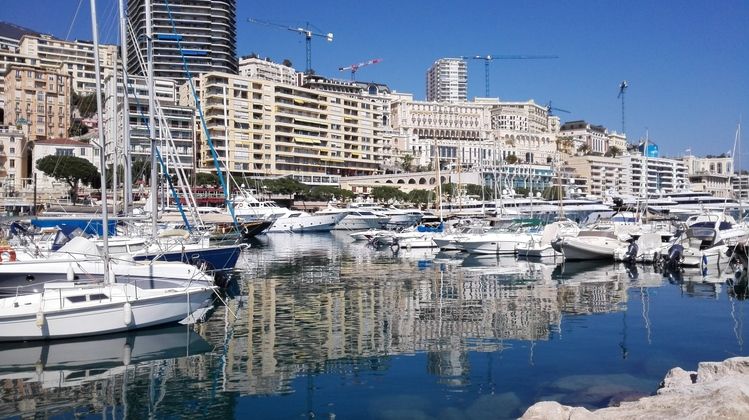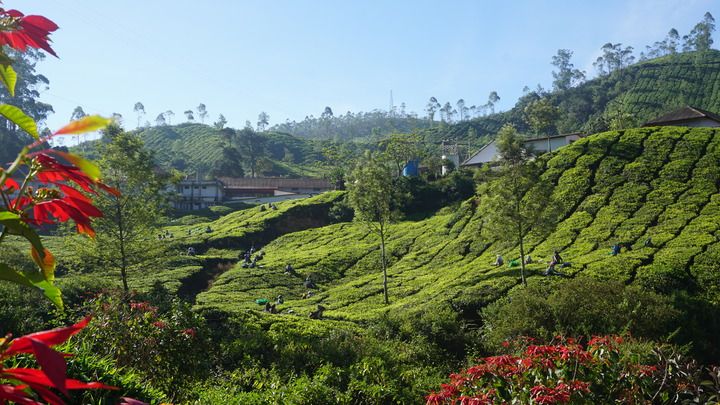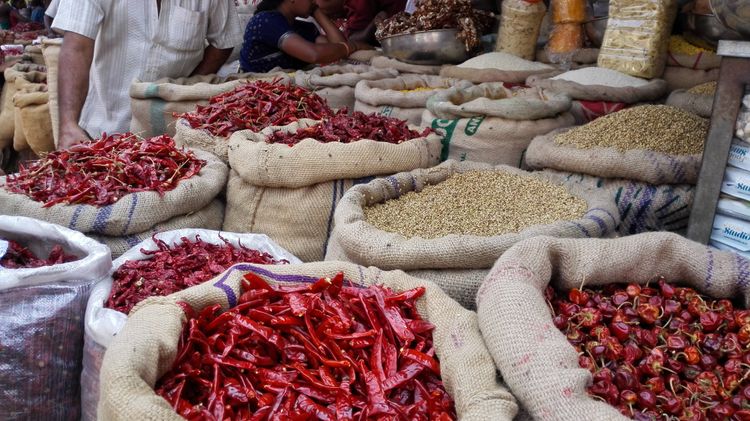One Thousand and One Nights in Mysore
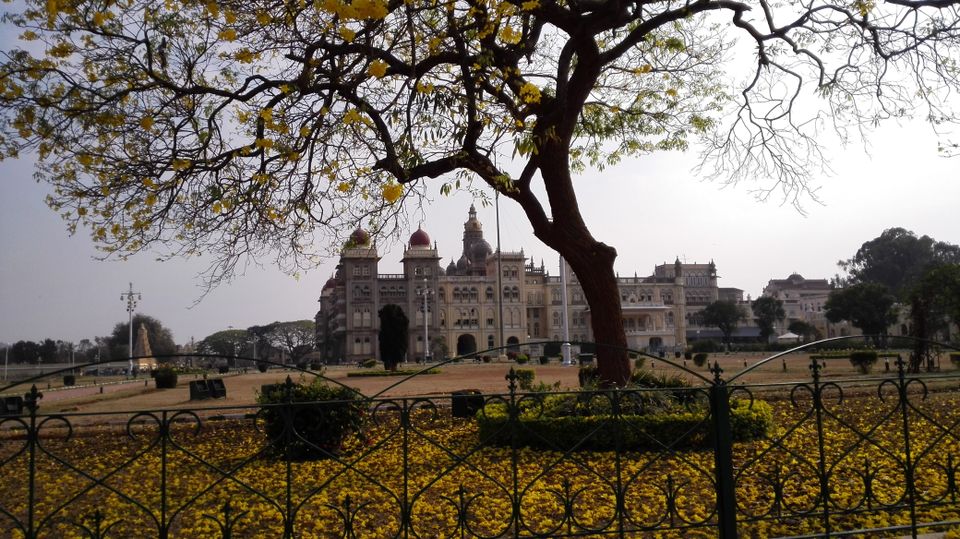
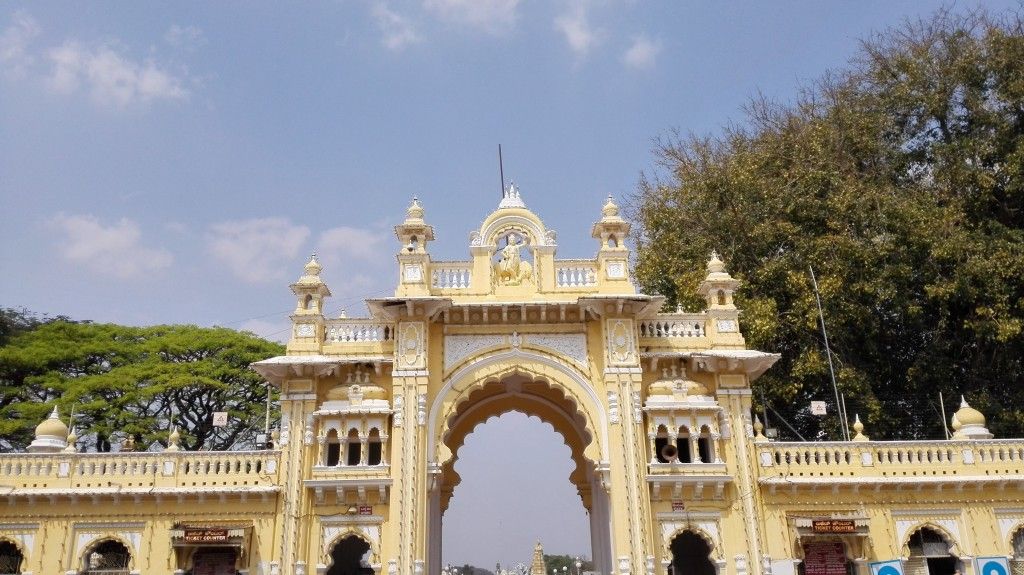
Mysore, or the City of Palaces, is one of the most famous tourist destinations in South Asia, due to the legacy of its maharajahs who were extremely wealthy and even more ostentatious. Their opulent influence remains visible in the beautiful monuments such as palaces, temples, and gardens that reflect their unique lifestyle. The fact that Mysore is a city that seems to be quite unknown to most Europeans is the ultimate proof of how we know nothing.
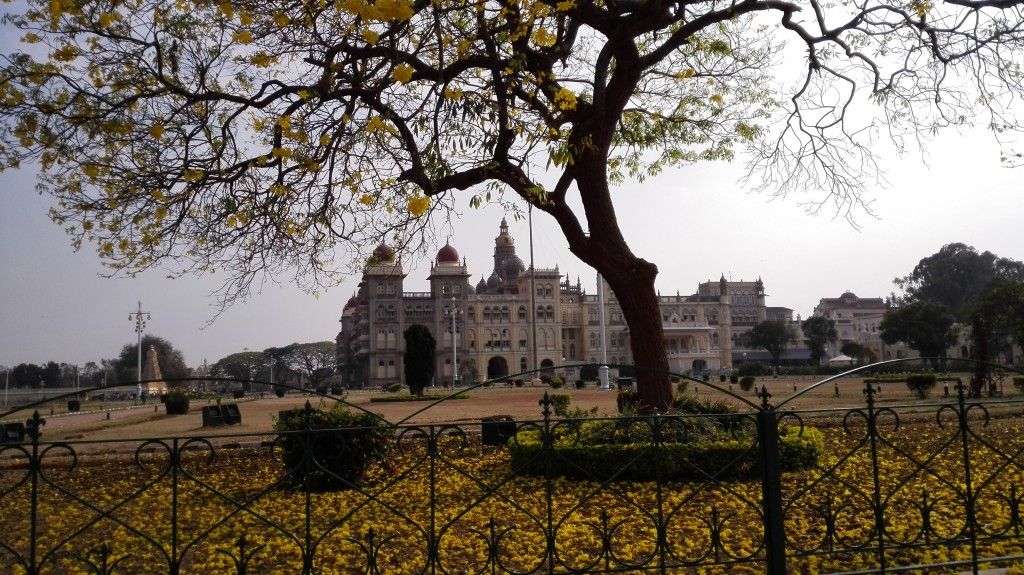
For the Indian people, the Mysore Palace is second only to the Taj Mahal, and it is quite easy to see why the seat of a once ruling Wodeyar dynasty continues to enchant its visitors. It is a whimsical, fairy tale mixture of different architectural styles, Indo-Saracenic, Hindu, Islamic, Gothic… Surprisingly enough, this hybrid dream of an edifice pulls the ambitious combination off. The palace is a treasure chest of immeasurable artistic value, full of ornate chandeliers, gilded columns, and priceless artifacts.  For the sake of its preservation, the footwear is to be removed before entering (hello dirty socks), and taking pictures is forbidden. However, the breathtaking splendour of certain rooms inside deserves to be shown, so I took one for the team.
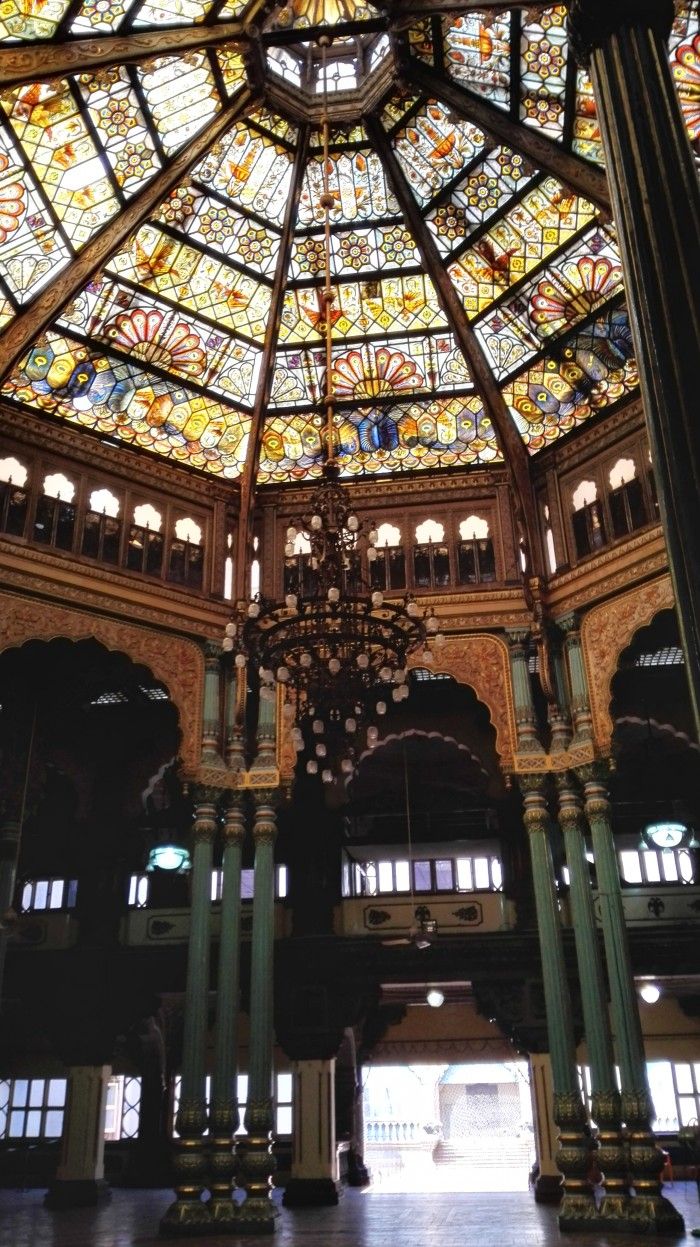
The garden of the palace houses numerous temples, gates, and pathways, whereas the absolute pinnacle of the visit should be the view of the palace during the night, when the whole building is glowing in lights. All the more reason to dream of coming again, because the time was precious and way before sunset we set off to see the second palace, out of seven that the city boasts of.
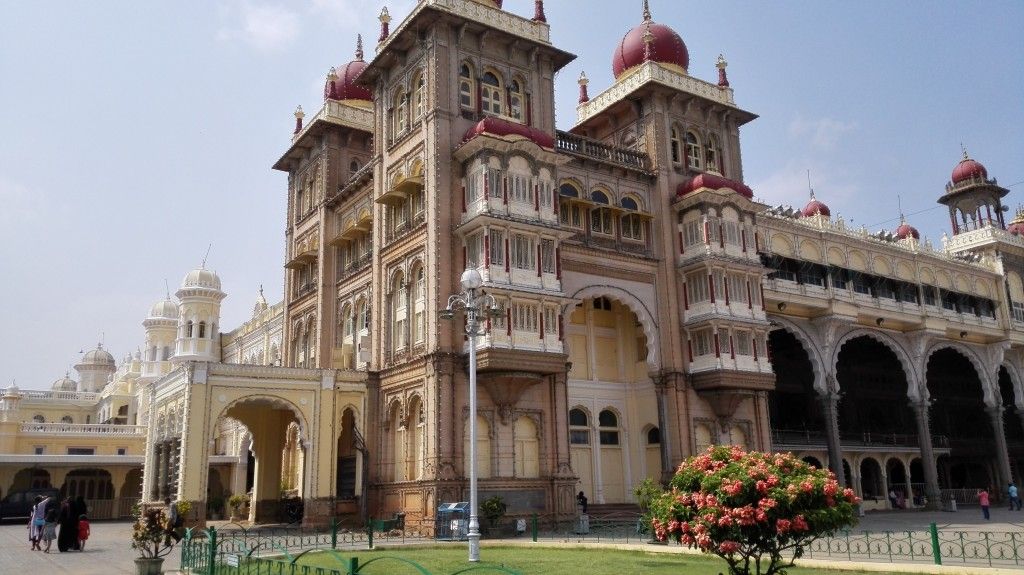
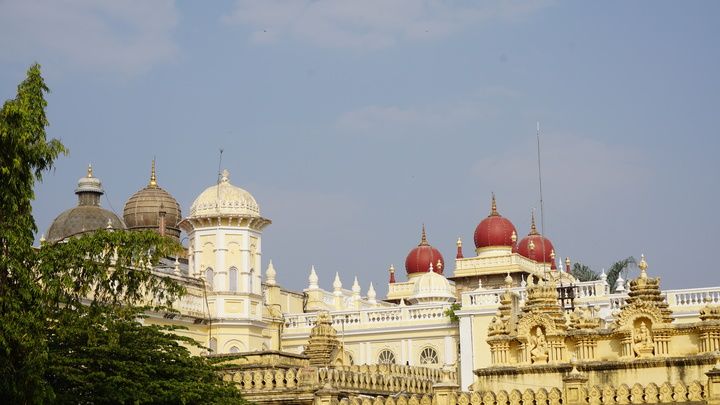
Mysore Palace is the most exquisite Oriental monument, the homage to art and extravagance, and just what you have on your mind as a child when you read the exotic tales of faraway places where flying carpets, turbaned kings, veiled princesses, and gigantic diamonds are in their natural habitat.
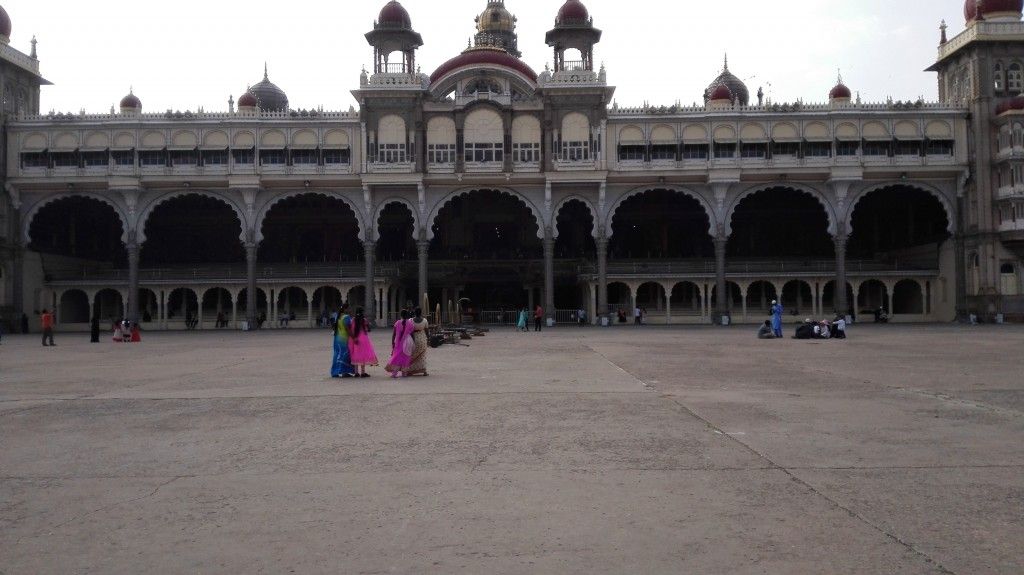
The following jewel in the Mysore crown is called Lalitha Mahal, and it was built as a home of the Viceroy of India and as the luxurious accommodation place for the European guests of the maharajahs. No wonder they overstayed their welcome. ?
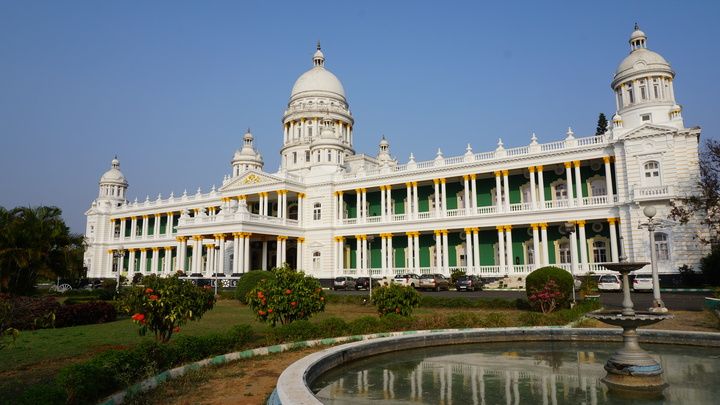
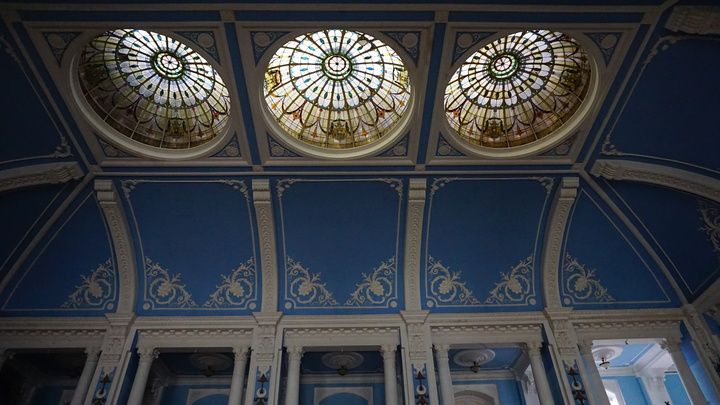
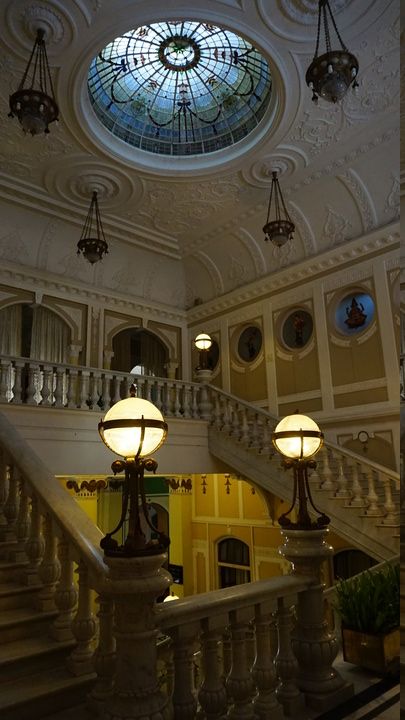
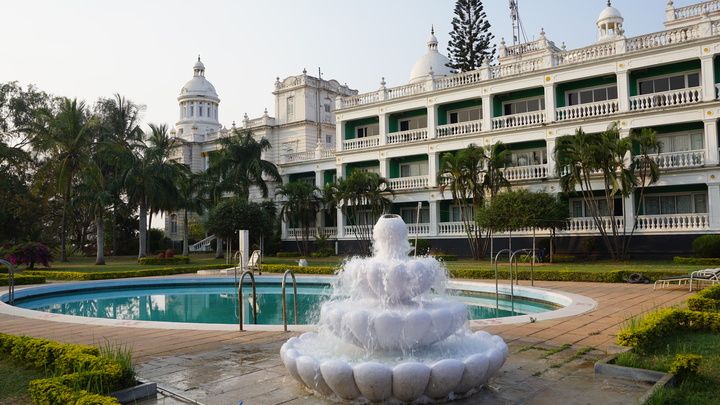
Even though the palace has been transformed into a five-star heritage hotel, the impression is that the structure requires a fortune for maintenance only, so the task seems to be a rather difficult one for the current management. Despite its indisputable beauty and elegance, Lalitha Mahal is a massive white elephant. The staff was extremely friendly and allowed us to snoop around to our heart’s content, and we strolled the corridors aimlessly, taking in the dizzying, palpable atmosphere of still Colonial India.
If walls could talk, what would they say? The tales of balls and garden parties, stories of perfumed dance cards, of sandalwood chaise longues, and of music drifting in the jasmine-scented but humid night air? Would we hear of gossiping over the fragile porcelain tea sets that the servants dreaded cleaning, of furtive glances under peacock feathers fans and illicit affairs that ended in duels and tarnished reputations? Imagine the immensity of privileged boredom and the unfathomable strain of life of the ones who did all the work. “What shall we do tomorrow? What shall we ever do?†(T. S. Eliot “The Waste Landâ€)
Whoever lived here, couldn’t have lived regular, sober, or modest lives. The palace wouldn’t have it. Lalitha Mahal is a shiny star exploding in the sky and causing awe and adoration. No one deserved to call it their own.
